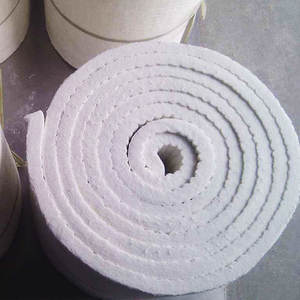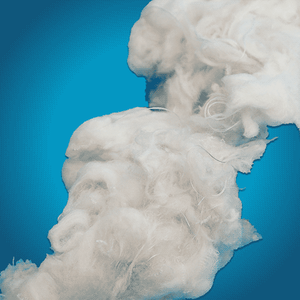Professional industry ceramic supplier, silicon nitride, silicon carbide, aluminum nitride and any other kinds of ceramics.
PRODUCT PARAMETERS
Description
Overview of 2100°C polycrystalline mullite ceramic fiber boards/plates.
2100°C polycrystalline mullite ceramic fiber boards/plates. is a lightweight, high-temperature insulation material composed primarily of alumina-silica. It is manufactured through a melting and spinning or blowing process, resulting in a flexible, wool-like textile. This material is engineered to provide exceptional thermal management, conserving energy and protecting equipment in extreme temperature environments across various industries.
Features of 2100°C polycrystalline mullite ceramic fiber boards/plates.
-
Excellent Thermal Stability: Withstands continuous operating temperatures up to 1260°C (2300°F) and higher for certain grades, with minimal shrinkage.
-
Low Thermal Conductivity: Provides highly efficient insulation, reducing heat loss and improving energy efficiency.
-
Lightweight & Low Heat Storage: Offers low thermal mass, enabling rapid heat-up and cool-down cycles for improved process control and energy savings.
-
Thermal Shock Resistance: Highly resistant to damage from rapid temperature changes.
-
Excellent Flexibility & Resilience: Can be fabricated into blankets, boards, papers, and textiles to fit complex shapes and applications.
-
Good Chemical Stability: Resists attack from most corrosive agents, except strong alkalis and hydrofluoric acid.
Specification of 2100°C polycrystalline mullite ceramic fiber boards/plates.
These polycrystalline mullite ceramic fiber boards handle extreme heat. They resist temperatures up to 2100°C continuously. This makes them perfect for very hot industrial jobs. The boards are made from pure polycrystalline mullite fibers. No binders are added. This purity gives excellent thermal stability. It also prevents contamination in sensitive processes.
You get strong insulation with these boards. They have low density. This means less heat storage. Furnaces heat up faster. You save energy. The boards are light. Installation is easier. Structural support needs are lower.
Thermal conductivity is very low. Heat moves slowly through the material. At 1000°C, conductivity is about 0.25 W/(m·K). At 1600°C, it stays low, around 0.35 W/(m·K). This efficiency keeps heat where you need it. Furnace linings stay cooler outside. Energy costs drop.
Chemical resistance is another key point. The boards fight off many acids and alkalis. They handle reducing atmospheres well. This stability prevents corrosion. Furnace linings last longer. Maintenance costs go down.
The boards offer good mechanical strength. They resist handling during installation. They stand up to thermal cycling. Heat them up and cool them down repeatedly. The boards stay intact. This durability ensures reliable performance. They work in demanding applications like furnace linings, kiln car tops, and heat shields. They insulate backup layers behind dense refractories. They protect thermocouples and other equipment.
Applications of 2100°C polycrystalline mullite ceramic fiber boards/plates.
Polycrystalline mullite ceramic fiber boards handle extreme heat up to 2100°C. This makes them vital for tough industrial jobs. These boards are very strong and resist heat shock well. They don’t crack easily when temperatures change fast. They also last a long time under high heat. This saves money on replacements.
These boards work perfectly as insulation in furnaces. They line high-temperature furnaces for metals, glass, and ceramics. They keep heat inside efficiently. This cuts energy use significantly. They also act as safety barriers in furnace structures. They protect outer parts from intense heat.
The aerospace industry needs these boards. They insulate rocket engine parts and heat shields. The boards handle the intense heat of launches and re-entry. Their light weight is a big plus here. It helps keep the overall vehicle weight down.
Laboratories use them too. They build high-temperature kilns and testing equipment linings. Researchers rely on their stability at extreme conditions. They ensure experiments run accurately and safely.
Chemical plants use them for reactor insulation. They contain heat in processes involving very reactive materials. Their purity matters. They don’t contaminate sensitive chemical reactions. They also insulate pipes carrying super-hot gases or liquids. This keeps processes efficient and workers safe.
Foundries use them in metal casting. They line crucibles and ladles holding molten metal. The boards withstand the constant thermal stress. They provide reliable insulation batch after batch. They form the hot face lining in many kilns and ovens. They take the direct flame or radiant heat. They protect the main insulation behind them.
Company Profile
Tanki New Materials Co.Ltd. focus on the research and development, production and sales of ceramic products, serving the electronics, ceramics, chemical and other industries. Since its establishment in 2015, the company has been committed to providing customers with the best products and services, and has become a leader in the industry through continuous technological innovation and strict quality management.
Our products includes but not limited to Aerogel, Aluminum Nitride, Aluminum Oxide, Boron Carbide, Boron Nitride, Ceramic Crucible, Ceramic Fiber, Quartz Product, Refractory Material, Silicon Carbide, Silicon Nitride, ect. please feel free to contact us.

Payment Methods
T/T, Western Union, Paypal, Credit Card etc.
Shipment Methods
By air, by sea, by express, as customers request.
5 FAQs of 2100°C polycrystalline mullite ceramic fiber boards/plates.
What’s the highest temperature these boards can handle?
These boards withstand temperatures up to 2100°C continuously. This makes them ideal for very hot industrial furnaces and kilns. They maintain strength and structure at this extreme heat. Never exceed this limit to prevent damage.
How do I install or shape these fiber boards?
You cut them easily using regular woodworking tools. Saws or blades work fine. Handle them carefully. The boards can be brittle before installation. Fix them securely using high-temperature anchors or adhesives rated for over 1800°C. This stops them moving or falling.
Do these boards insulate heat well?
Yes, their insulation is excellent. The polycrystalline mullite fiber structure traps air. This minimizes heat moving through the board. Your furnace or equipment stays hotter inside. Less heat escapes, saving energy. Expect significantly lower surface temperatures compared to less efficient insulation.
Is it safe to use these boards?
The boards are much safer than older ceramic fibers. They contain very low levels of respirable fibers. Handle them normally with reasonable care. Wear a dust mask when cutting. This avoids breathing in any particles. After installation, they form a safe, stable surface. No special ventilation is needed during use.
How long do these boards last?
They last a long time under extreme heat. Their polycrystalline structure resists degradation. They handle thermal cycling well. Sudden temperature changes cause less damage than to other ceramics. They resist chemical attack from common furnace atmospheres. Expect years of reliable service in harsh conditions.
REQUEST A QUOTE
RELATED PRODUCTS
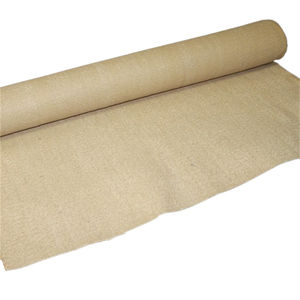
1400°C/1260°C Furnace Refractory Textile Steel Wire Insulation Ceramic Fiber Cloth
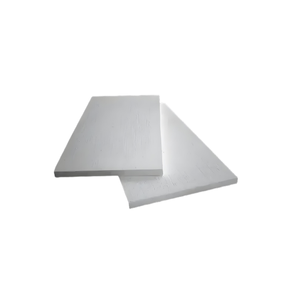
Factory whole, custom soundproof, high-density, waterproof 1260°C ceramic fiber board
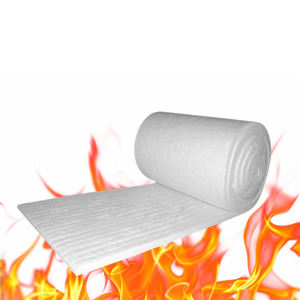
High-temperature insulation for furnaces, 1600°C, 1700°C, 1800°C alumina refractory ceramic fiber board
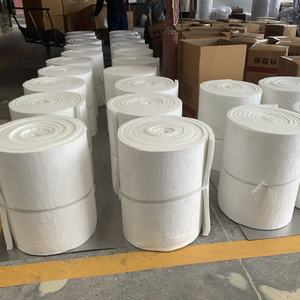
Ceramic Fiber board for industrial furnaces, 3000°F insulation, refractory and thermal insulation applications

Factory direct s of high-quality fireproof and heat-insulating ceramic fiber blanket, pizza oven insulation
